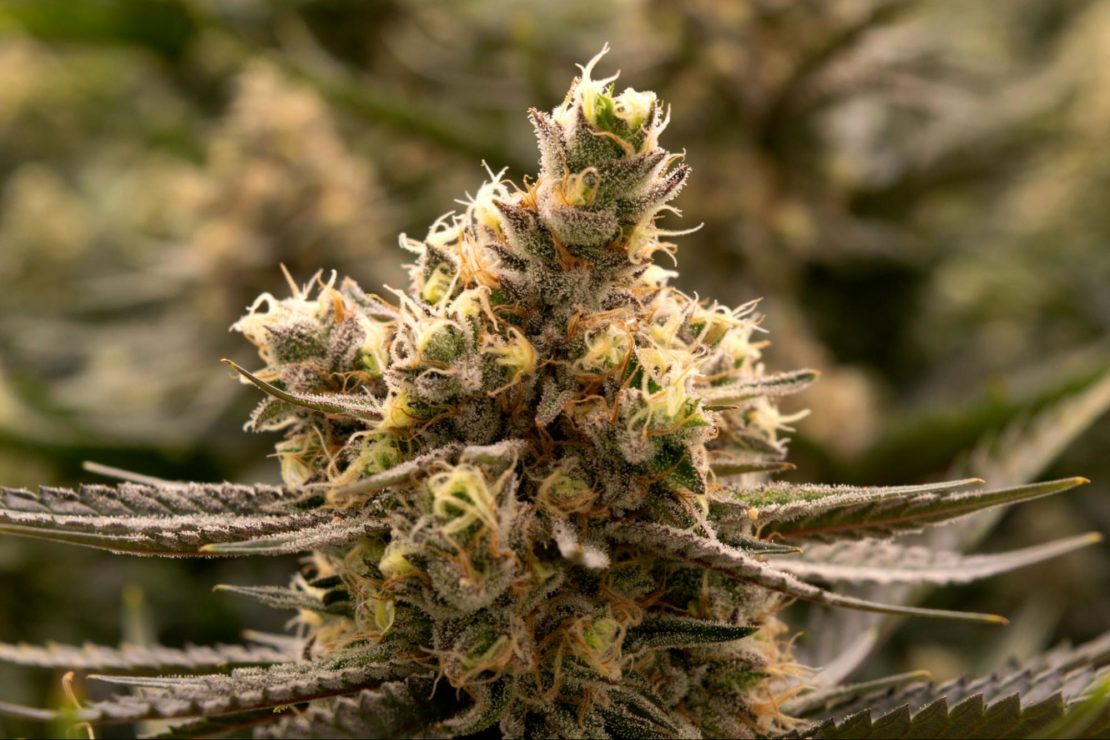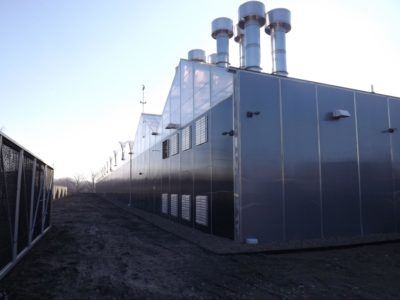The legal cannabis industry is one of the fastest-growing businesses in the United States. As more states and cities approve cannabis legalization, more opportunities arise for commercial growers to leave their mark on the industry.
At Prospiant, our pioneering cannabis cultivation professionals have completed more than 200 cannabis group projects and have more than 500 cannabis designs submitted for permitting. Our experts have succeeded in every aspect of cannabis growing and processing, from design through scaling and innovation. We are a team you can count on if you’re looking for cannabis horticulture experts.
Before you decide to grow cannabis, it helps to understand the basics of this crop. Here is an introduction to cannabis cultivation.
What is Cannabis?
Cannabis, also known as marijuana, is a psychoactive drug from the cannabis plant. This plant has been used for both recreational and medical purposes for centuries. Cannabis is commonly broken down into three plant groups with psychoactive properties: cannabis sativa plants, cannabis indica plants, and cannabis ruderalis.
As laws and regulations change in the United States, the opportunity to grow and sell cannabis expands. Growing and nurturing cannabis is complex, but when done right, it can be a rewarding process that results in a high volume of legal cannabis production sales.
Local Laws and Regulations for Cannabis Cultivation
Under federal law in the United States, cannabis is illegal to grow and sell. However, the Federal Drug Administration (FDA) has approved one cannabis-derived and three cannabis-related products that can be used under medical circumstances when administered by a healthcare professional.
Although cannabis is illegal federally, individual states have passed their own laws allowing for the medical and/or recreational use of cannabis. Some of these laws also permit citizens to grow cannabis, but the scale and purpose of these operations vary. Some states, for example, only allow for the home growing of cannabis, while others only allow medical growing. Even further, some states limit the number of cannabis plants you can grow per adult over 21.
Before you invest time and resources into cannabis cultivation, know and understand your state and local cannabis laws. You’ll need to have complete permission and credible cannabis qualification before you decide to grow this crop.
Cannabis Plant Sex and Anatomy
Several main parts of the cannabis plant work together to produce a final product. Understanding plant anatomy and cannabis plant nutrition can help as you begin to explore plant growth techniques. Here are some of the key parts of cannabis anatomy:
- Flower – The flowers on the plant contain CBD and terpenes that cause psychoactive reactions. These flowers only grow on female plants, so this is a helpful way to distinguish between the two sexes.
Cola – The cola is a cluster of buds that grow close together. Usually, colas grow at the top of the plant, but sometimes they can be seen on the lower branches.

- Bracts – Bracts are found on female cannabis plants around the reproductive area. These parts are green and have glands that hold cannabinoids on the plant.
- Calyx – The calyx is inside the bracts on the female plant. This part is invisible to the human eye.
- Pistil – A pistil is where the reproductive parts of the cannabis plant are. You’ll notice this part contains lots of thin strains that collect pollen carried from the male plant. The pistil is a central part of the female plant’s reproductive system.
- Node – The node is where the branch grows from the plant’s stem. The node is another distinguishing feature between the two sexes of the cannabis plants.
By observing the different parts of the cannabis plant, you can identify the gender. Male cannabis plants usually have thicker stalks with fewer leaves when compared to female plants. In addition, you’ll notice small balls of flowers that grow at the joints of the stalk on male plants.
Knowing which of your cannabis are male and female is important to have more successful cannabis cultivation. If you allow male plants to pollinate, they can lower the potential of your female plants to produce as much as possible.
How to Choose a Cannabis Strain to Grow
Once you’ve had an introduction to cannabis cultivation, you can start learning about the different strands to find what’s right for you. Cannabis strains vary by strength, physical look, taste, and effect on the user.
Make sure you understand the properties of different strains before deciding which to grow. Whether you care for hemp or dioecious plants or work with botany and genetics seeds, you can successfully grow and nurture cannabis with the right resources and preparation. Visit our Cannabis Cultivation Consulting to learn more.
FAQs
Is cannabis considered a crop?
Yes, cannabis may be referred to as a crop.
Is growing cannabis a profitable business?
The cannabis industry is one of the fastest-growing industries in the country. Commercial cannabis growers can run a profitable business with the right setup and preparation.
